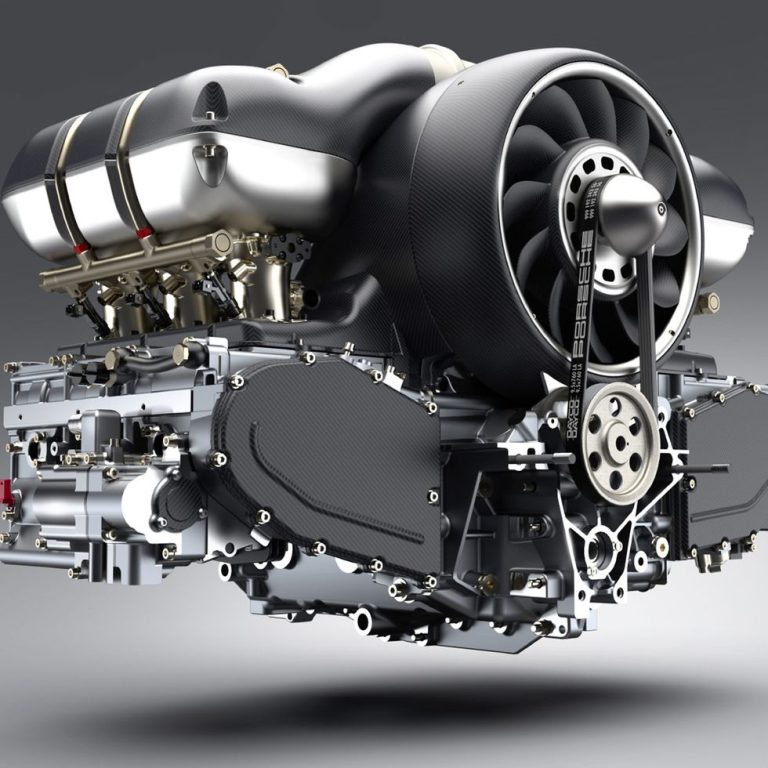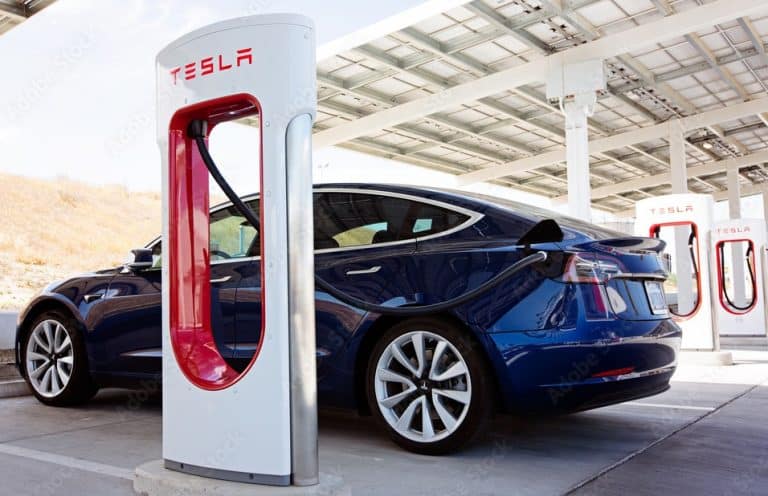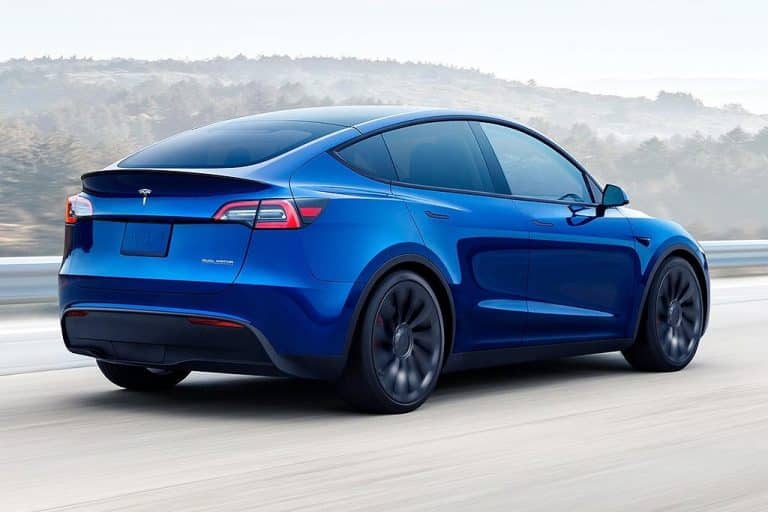EV Types
Let’s have a quick look at the difference EV types.
Electric vehicles (EV) are divided into two types, battery electric vehicle (BEV) and Plug-in hybrid electric vehicle (PHEV). BEV is a type that has the main and only power source as the battery pack in the car, PHEV is a type that has an ICE engine and a battery source which the car is programmed to utilize the use of both engine types.
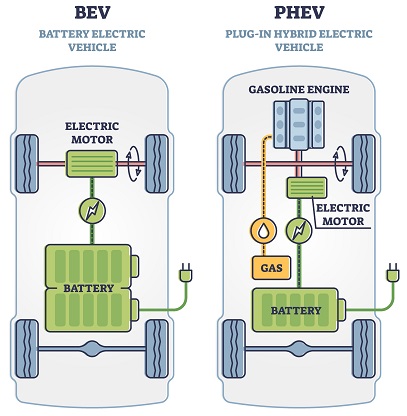
BEV is a 100% electric powered car, it turns stored electric power in battery to the power in motor to rotate the wheels for the movement of car. This type of vehicle is very quiet the acceleration could be very strong due to the use of motor. Aerodynamic design of the car heavily affects the range of BEV hence EV usually have a lot of features differ from ICE cars in design, for example wheels, ICE cars usually come with wheels with a lot of holes or less strokes to expose the rotors and brakes inside the wheel for better heat relief yet in an EV the wheel is affecting the air flow which eventually would decrease the aerodynamic efficiency thus the range. Therefore EV usually has a wheel cover or a special design to avoid this issue.
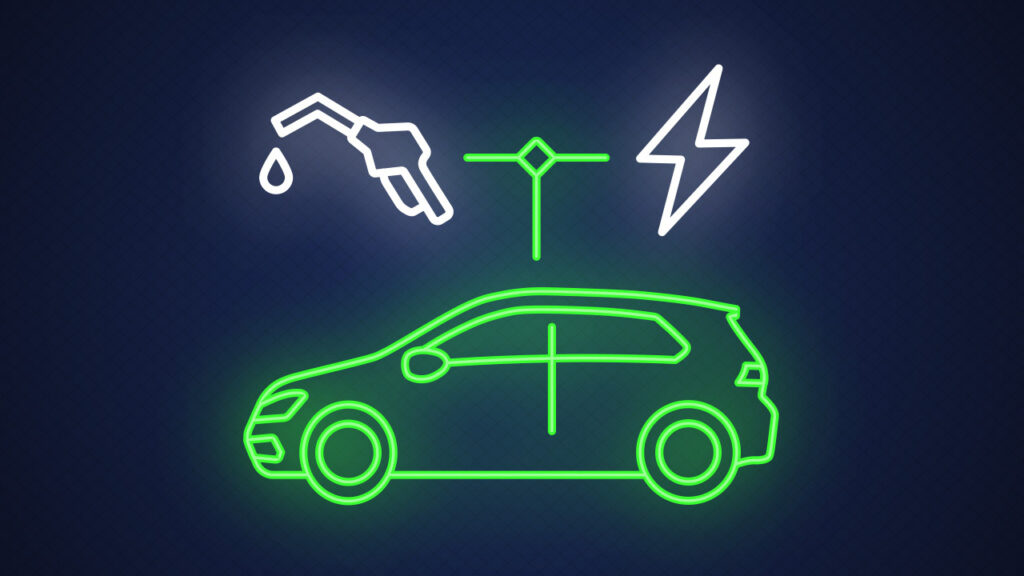
PHEV is a half ICE half EV kind of car, it comes with a battery that has enough power to run without ICE engine for generally 40-60km. when the power of battery runs out or when a stronger power is needed for the car, the ICE engine will kick in to continue the running. The main difference between this and the traditional type of hybrid is this battery can be charged like an EV. Hence this type of vehicle could give a very low fuel consumption and can yield a very high range with one full tank of fuel. The battery of the PHEV can also be charged by the dynamo in the car by the ICE engine hence the car won’t lose the electric power after a long drive.
BEV is very good for urban and suburban drives as the range is enough for that and it is quiet. Also it would not produce any warm house gases that contribute to climate changes. Yet BEV is not convenient if you do not have a charger at home or if you need to run hundreds of kms every day. Yet PHEV is a very good choice if you do not have a fast charger at home and you need to drive a lot or if you travel a lot since the range after one full tank is very long. Down side is when the ICE engine kicks in there will still be the combustion that gives out bad gases.
The Fully Charged electric vehicle show in Sydney was just finished last week. It was an excellent event promoting zero emission energy.


